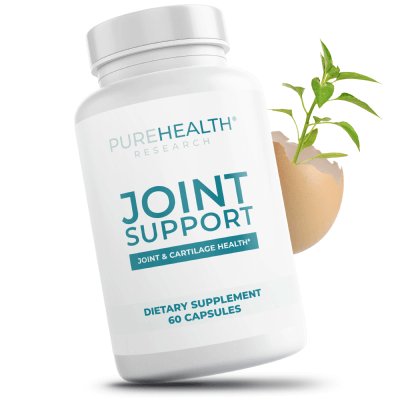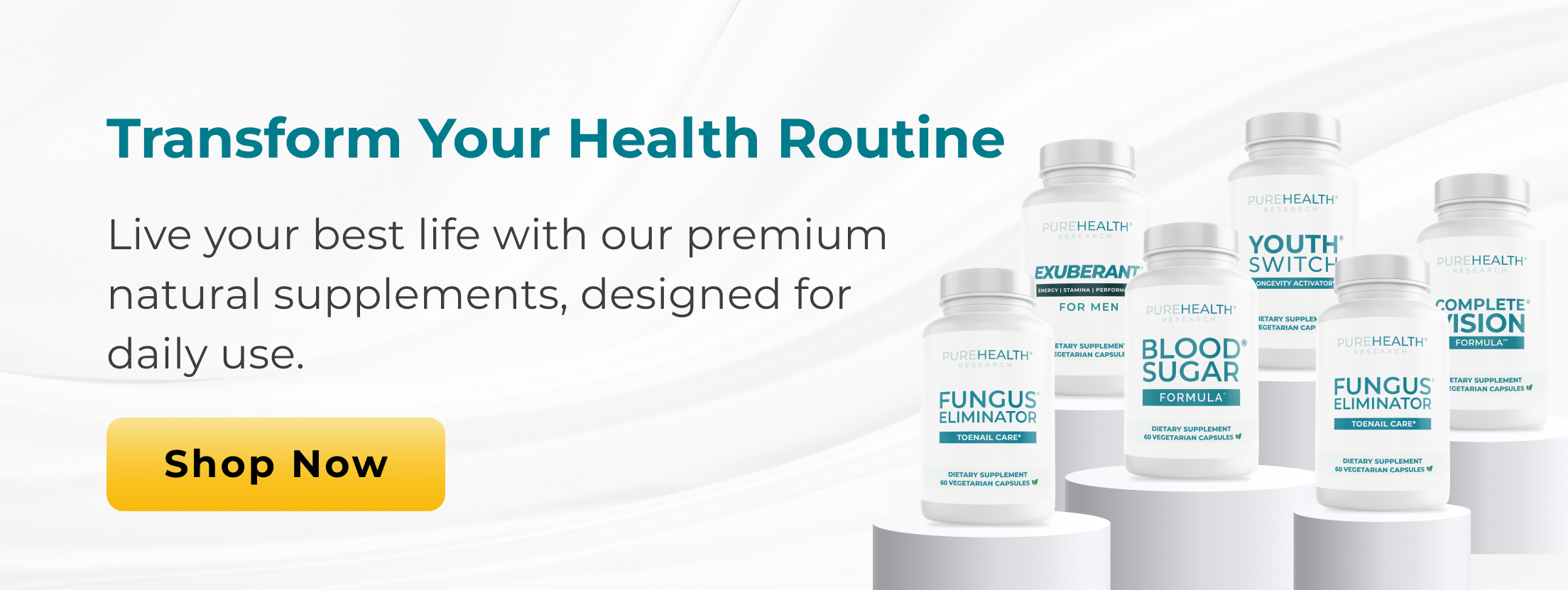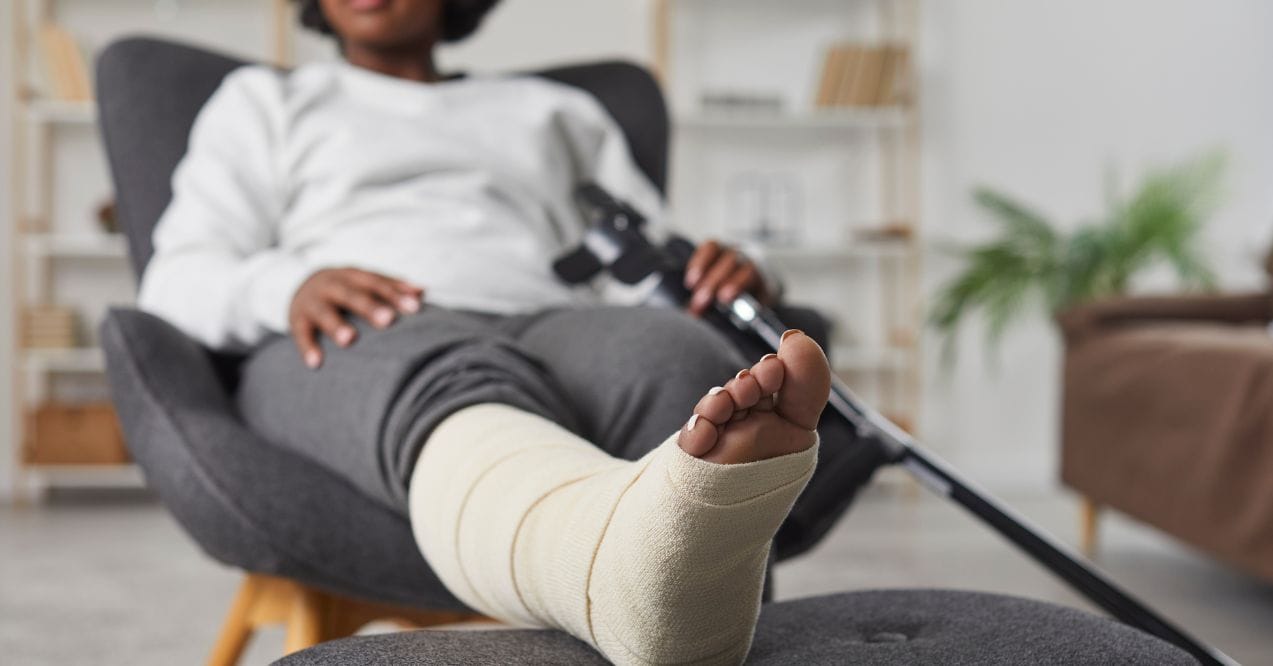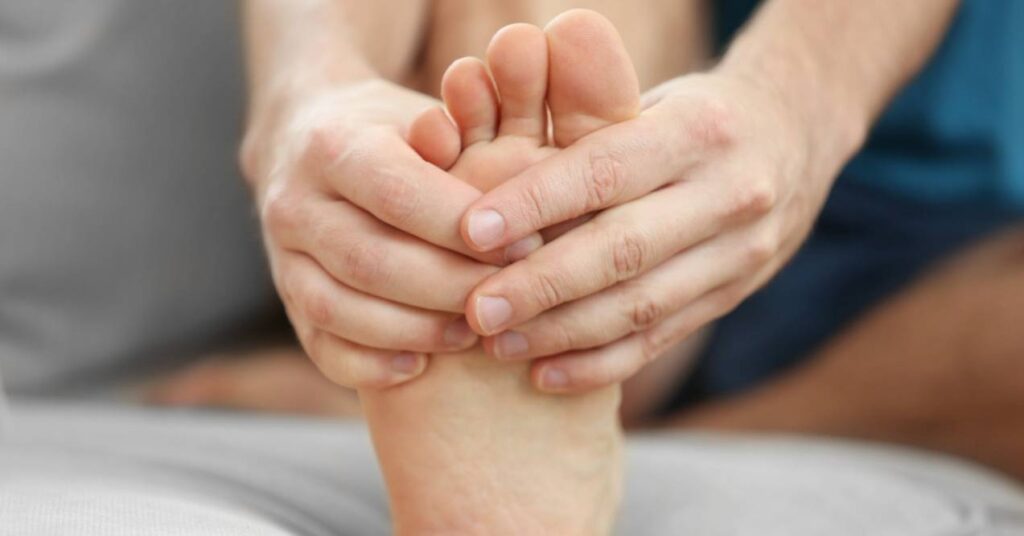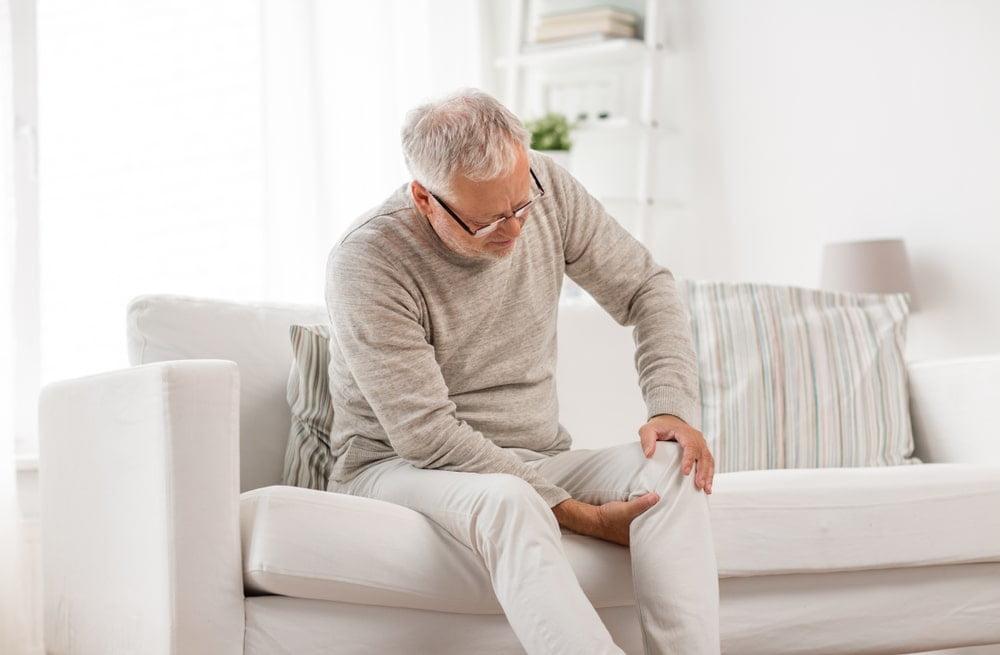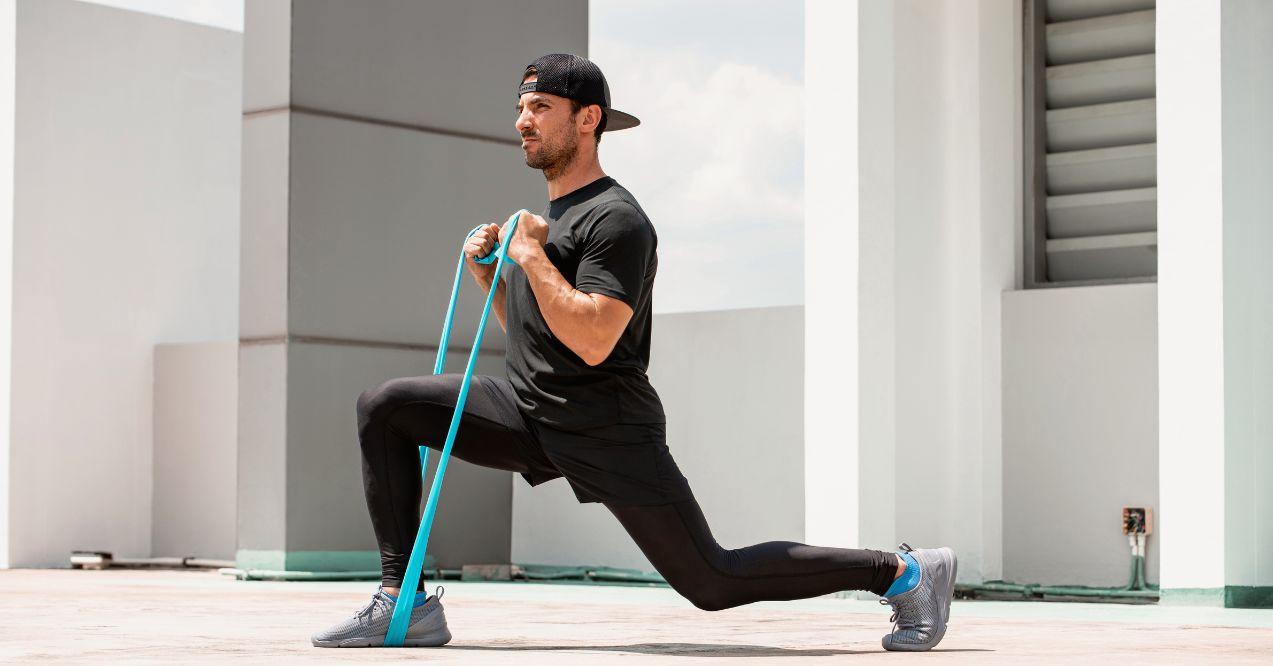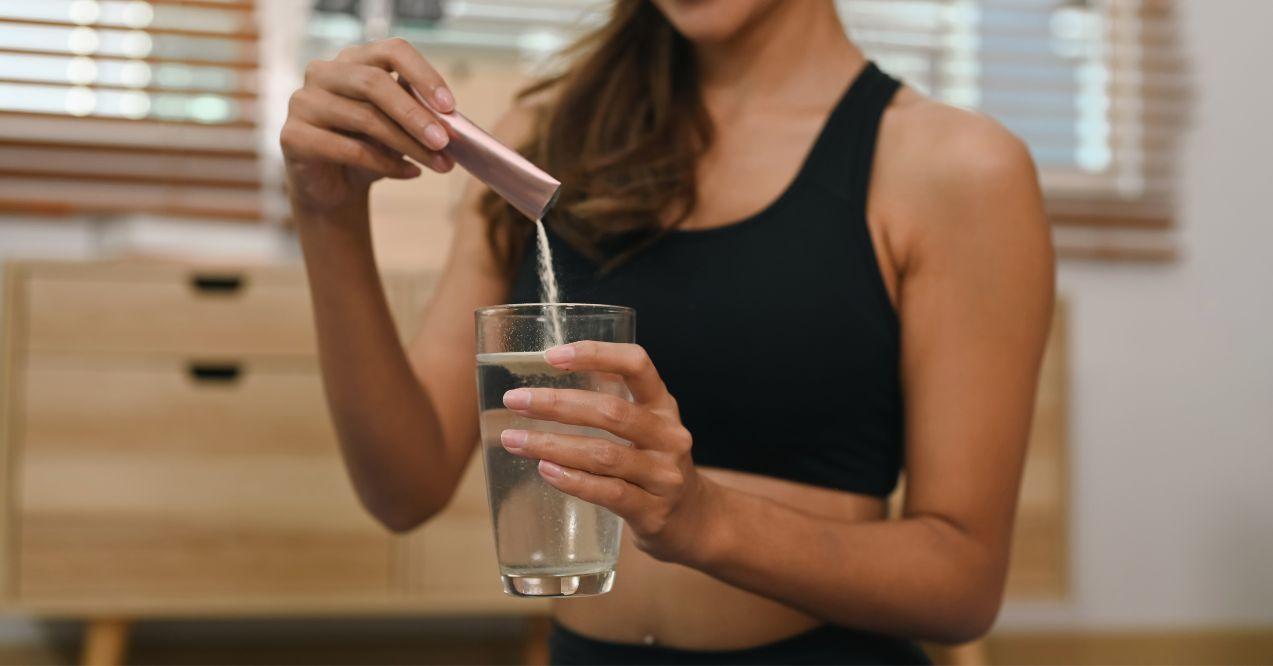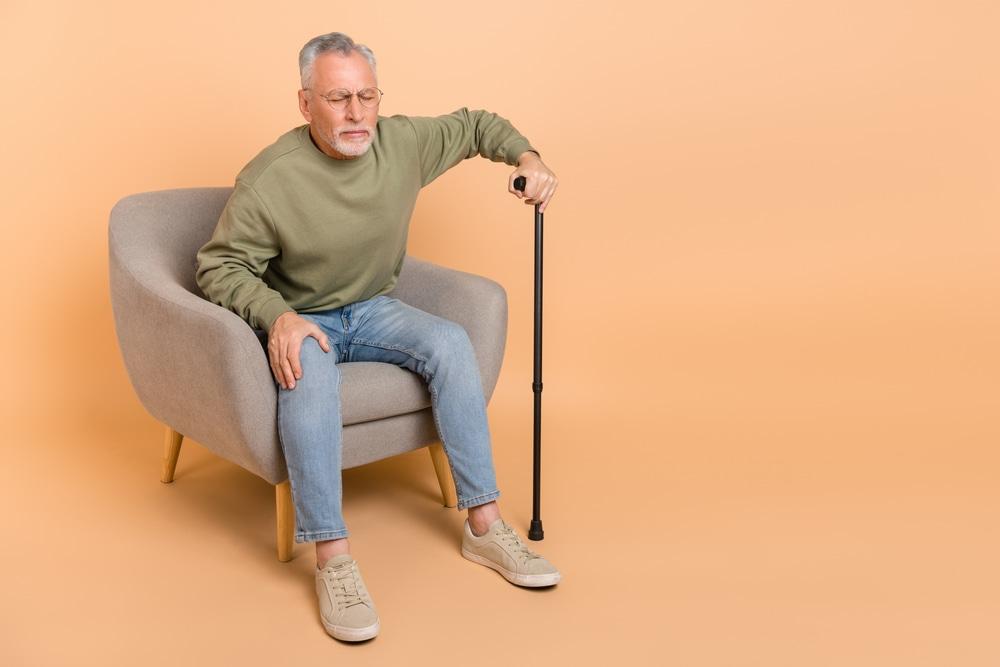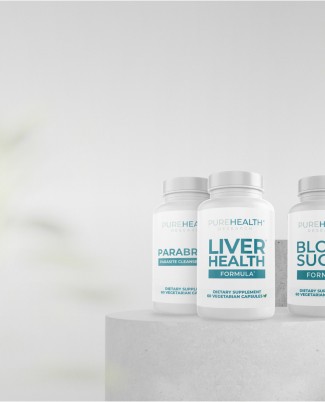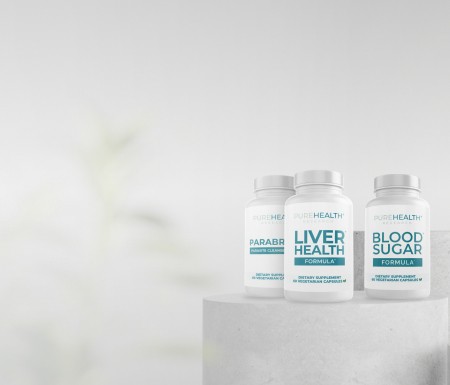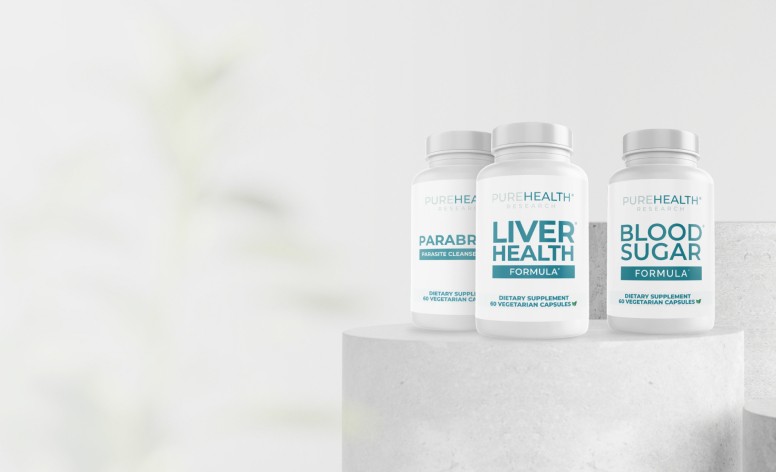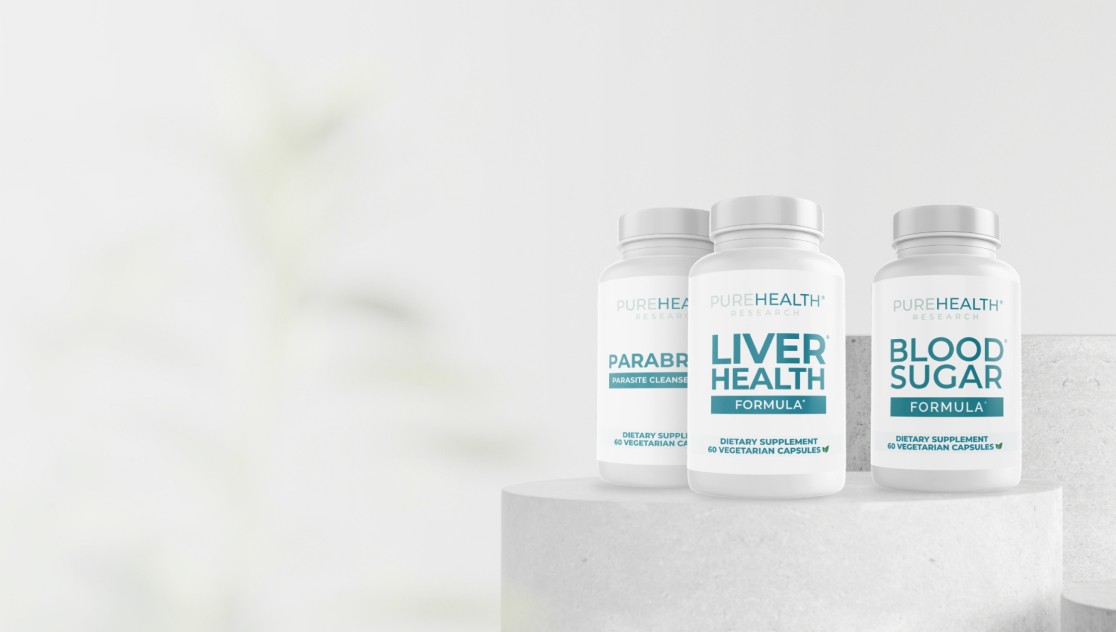The Evident Relationship Between Menopause and Joint Pain
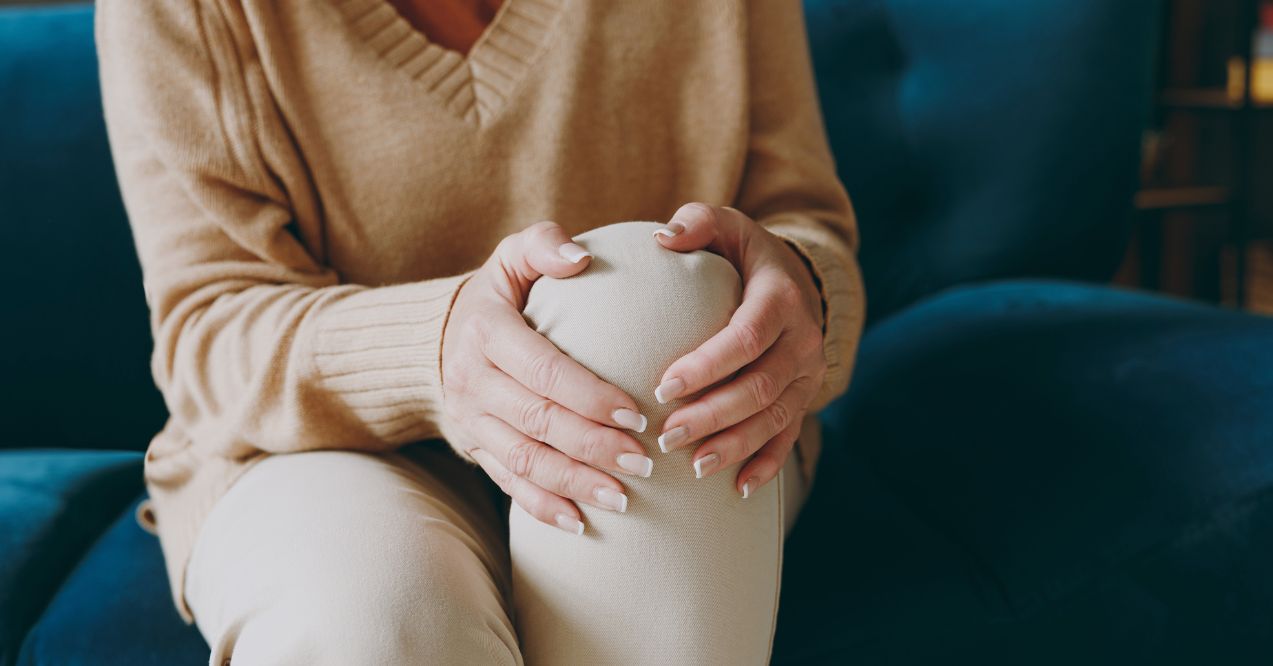

Menopause joint pain is a symptom that often goes under-discussed but can significantly impact the quality of life for many women. Typically occurring between the ages of 45 and 55, menopause marks the end of menstrual cycles and is characterized by a decline in reproductive hormones.
While this transition is widely recognized for its more prominent symptoms such as hot flashes, night sweats, and mood changes, joint pain emerges as an equally challenging but lesser-known symptom. This type of pain can manifest as stiffness, swelling, or discomfort in various joints and significantly impact a woman’s quality of life.
In this blog post, we will explore the relationship between menopause and joint pain, delve into why these joint issues occur during menopause, and discuss practical solutions to manage and potentially alleviate this discomfort. By understanding the causes and exploring effective remedies, women can find relief and navigate this phase of life with greater ease and comfort.
Can Menopause Cause Joint Pain?
Can menopause cause joint pain? Absolutely, and it’s a condition often referred to as “menopausal joint disease.” As women transition into menopause, they experience significant fluctuations in hormone levels, notably estrogen, which play a crucial role in maintaining joint and bone health. Estrogen helps to reduce inflammation in the body; thus, when levels of this hormone drop during menopause, inflammatory activity can increase, leading to discomfort and pain in the joints.
The decline in estrogen can also affect the cartilage that cushions the joints. Without adequate estrogen, the cartilage may thin and wear down, reducing its ability to prevent the bones from rubbing against each other. This deterioration can lead to increased joint pain and potentially contribute to the development of joint decay. Additionally, the loss of estrogen can lead to a decrease in muscle mass and strength, further straining the joints and exacerbating pain.
Understanding that joint pain during menopause is a direct result of hormonal changes provides a critical perspective for addressing and managing this discomfort. It emphasizes the importance of hormone-related treatment approaches and other supportive strategies to alleviate the symptoms associated with this transition phase.
Why My Joints Hurt During Menopause?
Understanding the complex interplay between hormonal changes and joint health is crucial for women navigating through menopause joint pain. Here are some key factors that contribute to joint pain during this transition:
- Decreased Estrogen Levels – Estrogen plays a critical role in maintaining joint and bone health. As estrogen levels decrease during menopause, the maintenance of joint lubrication and the control of inflammation are compromised, leading to increased joint pain and stiffness.
- Inflammation – The anti-inflammatory properties of estrogen help to keep joint inflammation in check. With reduced estrogen, these inflammatory processes can become more pronounced, causing enhanced joint discomfort and contributing to conditions of joint decay.
- Bone Density – Estrogen is vital for bone density and strength. Lower levels of this hormone during menopause can lead to a decrease in bone density, increasing the risk of wear and tear on the joints. This reduction in bone strength places additional stress on joints, potentially causing pain.
- Body Weight Changes – Menopause can often result in weight gain due to a slower metabolism and changes in body composition. Increased body weight places extra pressure on weight-bearing joints such as the knees and hips, contributing to joint pain.
Each of these factors can significantly impact joint health during menopause, leading to discomfort and reduced quality of life. Understanding joint pain from dehydration is another aspect of managing joint health, emphasizing the need for adequate hydration to maintain joint lubrication and function.
6 Solutions to Menopause Joint Pain
Menopause joint pain can significantly diminish a woman’s quality of life, but it’s comforting to know that there are multiple ways to naturally manage and medically treat this discomfort. Understanding how to improve joint health is essential to finding relief. Here are six effective strategies for achieving menopause joint pain relief.
1. Anti-Inflammatory Diet
How to improve joint health often starts with what you eat. Adopting an anti-inflammatory diet is crucial in managing joint pain during menopause. This diet should be rich in calcium, magnesium, and vitamin D to strengthen bones, and Omega-3 fatty acids to reduce inflammation. These nutrients can be found in foods like leafy greens, fatty fish, nuts, and dairy products. Including a variety of fruits, vegetables, lean proteins, and whole grains supports overall joint health, while limiting sugars, unhealthy fats, and processed foods can prevent additional inflammation and weight gain that stresses the joints.
2. Keep Active
Maintaining regular physical activity is vital for keeping joints flexible and muscles strong, which in turn supports the joints. Low-impact exercises such as swimming, cycling, yoga, and walking are recommended to improve overall well-being without placing excessive stress on the joints. Keeping active not only helps with flexibility and strength but also aids in weight management, which is crucial in reducing the load on weight-bearing joints and minimizing pain.
3. Relaxation
Managing stress is a key factor in reducing menopausal joint pain. Elevated stress levels can lead to increased cortisol, which may cause more inflammation throughout the body, including the joints. Techniques for effective stress management include mindfulness meditation, deep breathing exercises, and regular relaxation practices. Additionally, engaging in activities like walking in natural settings can provide multiple benefits: it lowers stress, offers a break from daily routines, and includes gentle physical activity that helps with both stress and joint pain relief.
4. Supplementation
In addition to dietary changes and exercise, certain supplements can offer benefits in supporting joint health and alleviating achy joints. One noteworthy ingredient is NEM® (Natural Eggshell Membrane). This natural supplement, derived from eggshell membranes, has been researched for its potential to alleviate joint soreness, tenderness, and stiffness associated with menopause. Studies, including randomized controlled trials, have shown that NEM® can improve bone mineral density and reduce cartilage degeneration, providing significant comfort for menopausal women experiencing achy joints.
Adding to these benefits, Joint Support from PureHealth Research is one of the most excellent supplements for bone and joint health to consider for enhancing your overall health and well-being. Formulated with a blend of all-natural ingredients, Joint Support is endorsed by Dr. Holly Lucille, ND, who specifically recommends it for its comprehensive mobility health benefits. Its key ingredients are carefully selected to support various aspects of health, including joint health during menopause. These ingredients work synergistically to reduce inflammatory markers, support bone health, and provide essential nutrients that can help manage the physiological changes during menopause.
Dr. Lucille praises Joint Support not just for its general health advantages but also for its effectiveness in supporting joint health through natural means. Incorporating Joint Support into your daily health regimen can help you manage menopausal joint symptoms more effectively, offering a holistic approach to maintaining wellness and enhancing your quality of life during this significant life transition.
5. See a Doctor
While lifestyle changes and home remedies can provide relief, it’s crucial to consult with a healthcare provider to get a proper diagnosis and a personalized treatment plan. A doctor can rule out other causes of joint pain, such as disease, and suggest treatments tailored to individual health needs and conditions. This professional guidance ensures that any underlying issues are addressed, and the most effective therapies are employed to manage menopausal joint pain.
6. Menopause Hormone Therapy
Menopause Hormone Therapy (HRT) is another treatment option that can help alleviate menopausal symptoms, including joint pain, by replenishing estrogen levels. HRT has been effective in reducing the severity of symptoms by offsetting the hormonal imbalances that occur during menopause. However, it’s important to discuss the benefits and risks with a healthcare provider, as HRT is not suitable for everyone. Factors such as personal health history and risk of hormone-sensitive conditions must be considered to determine if HRT is an appropriate and safe option.
Will My Menopause Joint Pain Go Away?
Will joint pain from menopause go away? The answer to this question can vary significantly from woman to woman. For many, joint pain associated with menopause may improve over time as the body gradually adjusts to new hormone levels post-menopause. This adjustment period allows the body to stabilize, potentially decreasing the intensity of joint pain.
However, the experience of menopause joint pain relief is not uniform for all. While some women may notice a significant reduction in their joint pain as they move past menopause, others may continue to experience persistent discomfort. Factors such as overall health, lifestyle choices, and genetic predispositions can influence the extent and duration of joint pain during and after menopause.
For those dealing with persistent symptoms, understanding how to sit with SI joint pain and implementing strategies like ergonomic adjustments, regular physical activity, and proper medical guidance can be crucial in managing discomfort. Each woman’s journey with menopausal joint pain is unique, and it may take time and a combination of approaches to find effective relief.
Conclusion
Menopausal joint pain is a significant issue for many women, stemming from hormonal changes that impact bone and joint health. Although the discomfort can persist for some even after menopause, a combination of lifestyle changes, targeted supplements, and medical guidance can effectively manage and alleviate the pain. Understanding the causes and embracing a multi-faceted approach empowers women to navigate this transition with greater ease and comfort.
To treat menopause joint pain, focus on lifestyle changes like adopting an anti-inflammatory diet, staying active with low-impact exercises, managing stress, considering supplementation, consulting with a healthcare provider, and exploring hormone therapy options like Menopause Hormone Therapy (HRT).
Vitamins that are good for menopausal joint pain include calcium, vitamin D, and Omega-3 fatty acids. These nutrients support bone health, reduce inflammation, and promote overall joint health, potentially alleviating menopause-related joint discomfort.
The best natural remedy for menopause joint pain is Natural Eggshell Membrane (NEM®). Derived from eggshell membranes, NEM® has been researched for its potential to alleviate joint pain associated with menopause by improving bone mineral density and reducing cartilage degeneration.
Popular Articles
Advertisement. This site offers health, wellness, fitness and nutritional information and is designed for educational purposes only. You should not rely on this information as a substitute for, nor does it replace, professional medical advice, diagnosis, or treatment. If you have any concerns or questions about your health, you should always consult with a physician or other health-care professional. Do not disregard, avoid or delay obtaining medical or health related advice from your health-care professional because of something you may have read on this site. The use of any information provided on this site is solely at your own risk.
